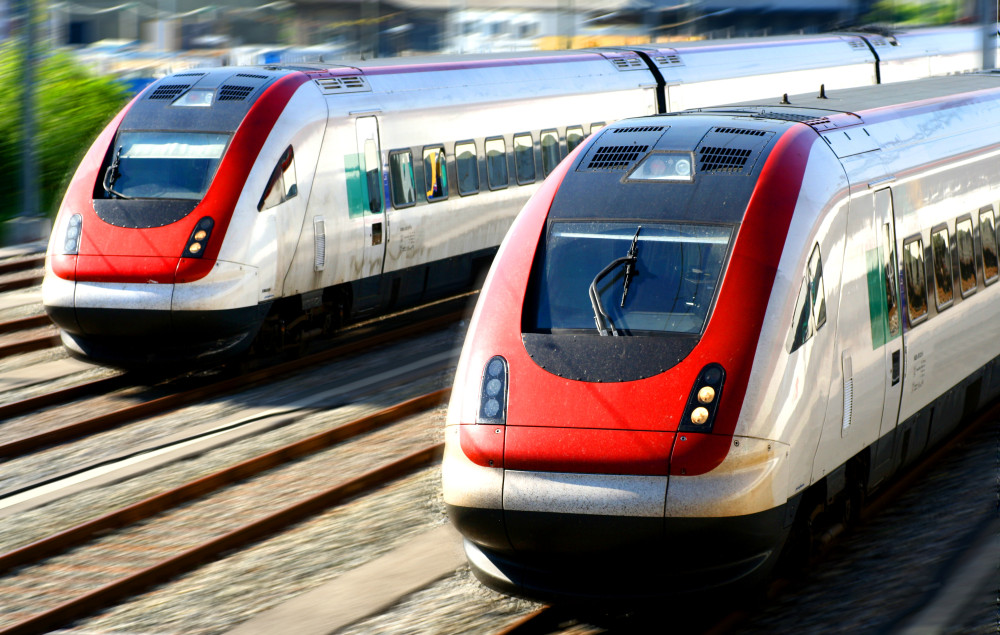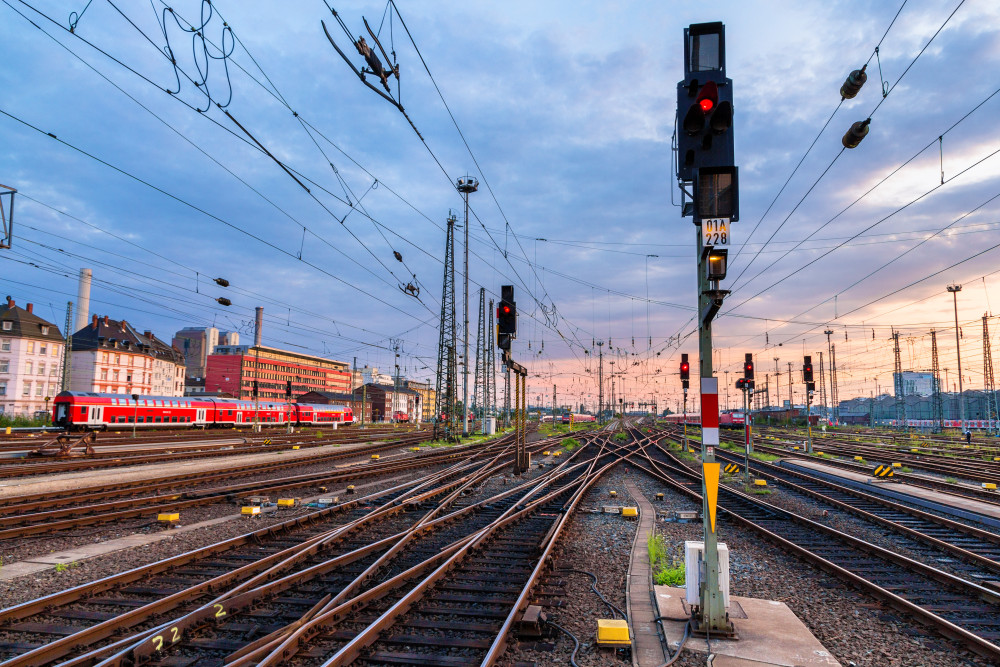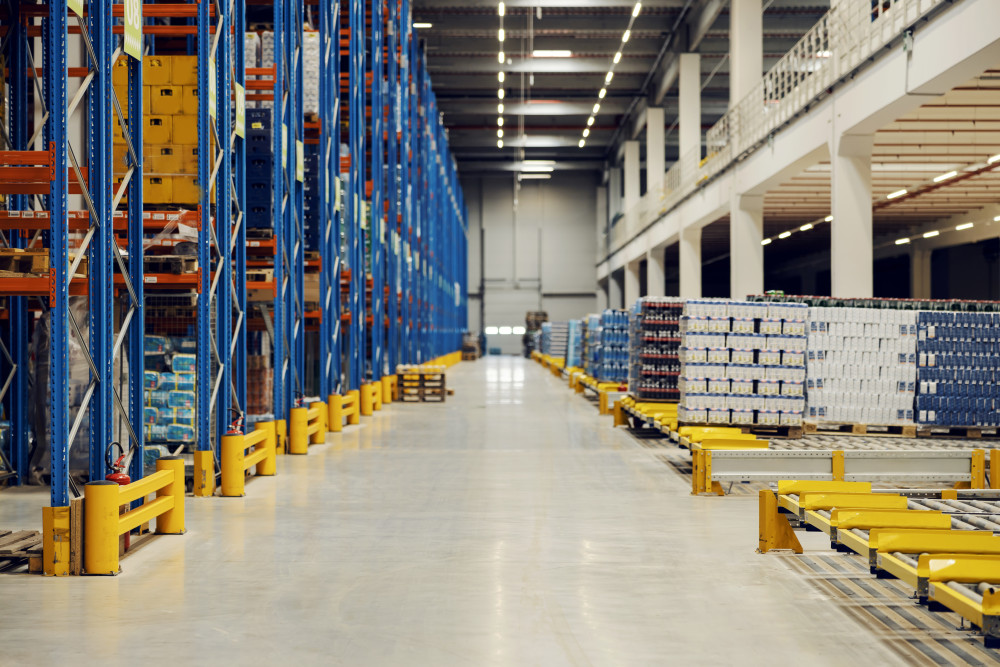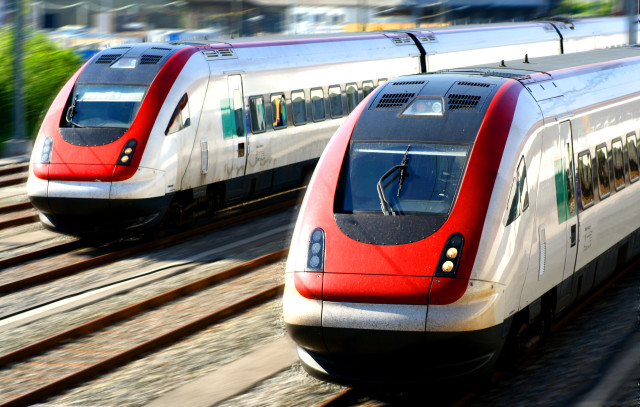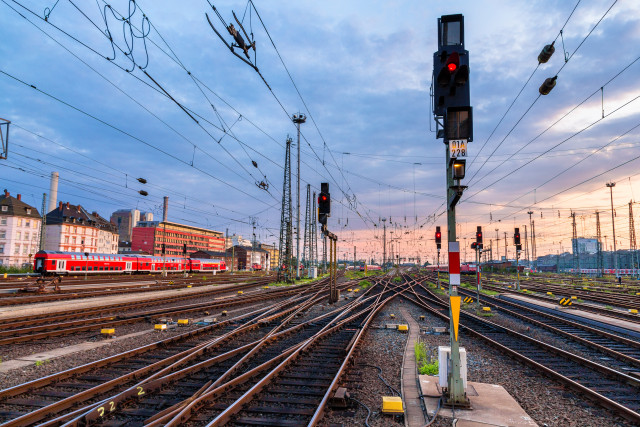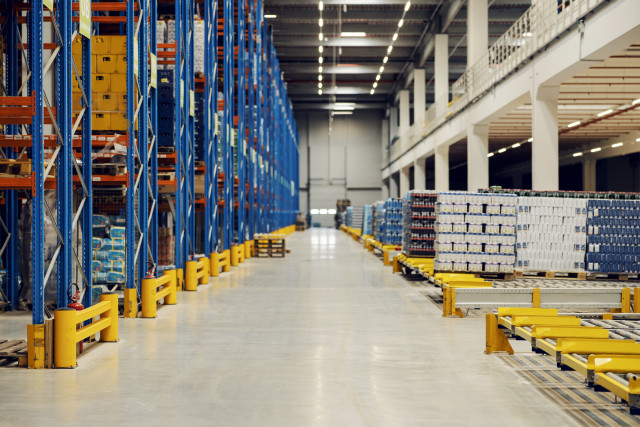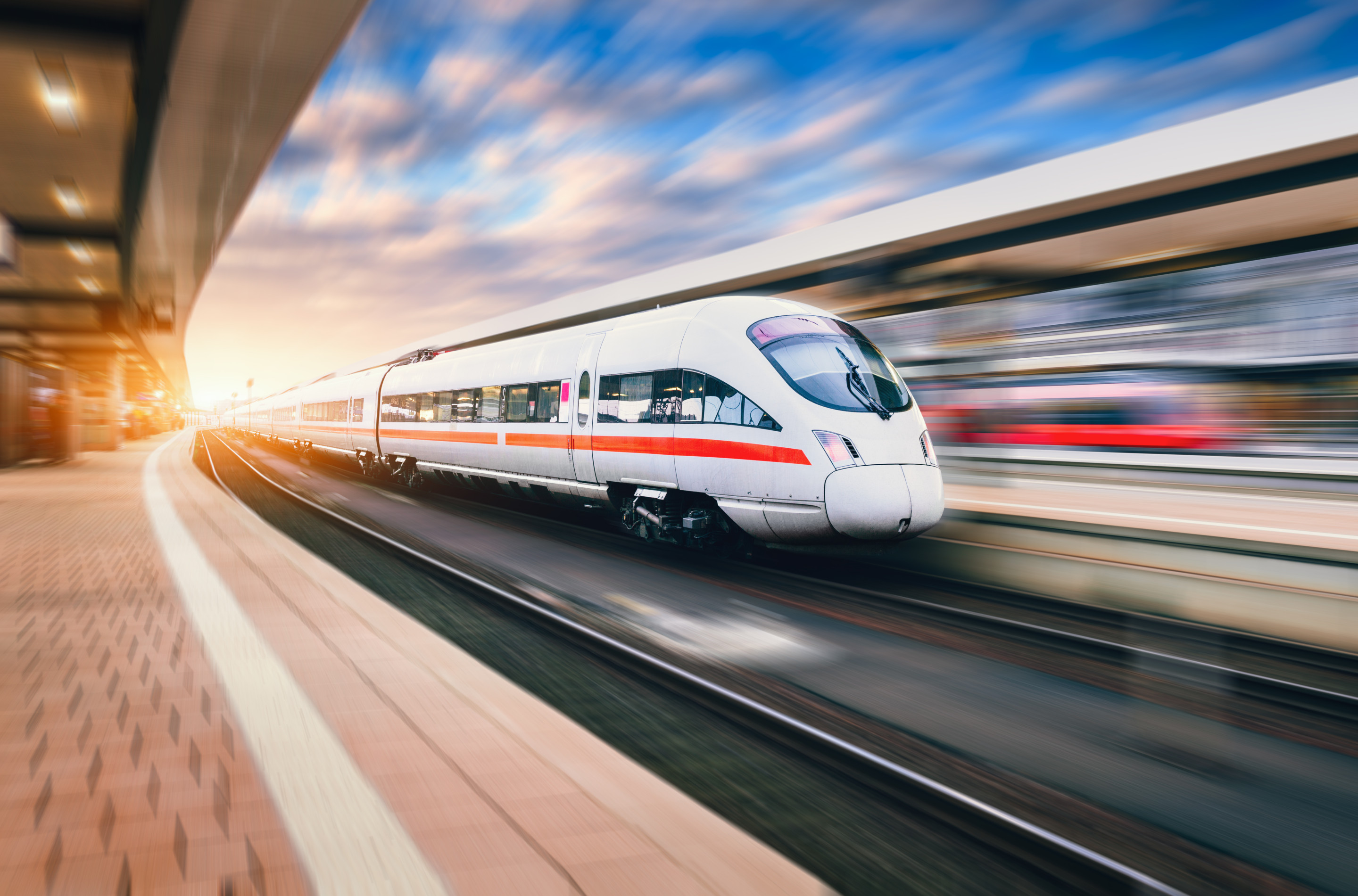
Explore ground truth for rail
We map the future of rail transformation. Our ground truth annotation platform is perfectly equipped to support a wide range of rail classes and attributes.
We lay the tracks for rail innovation
Our ground truth annotation platform combines cutting-edge machine vision and automatic perception technology to develop reliable autonomous rail applications. With advanced labeling technology, we ensure high-quality, scalable ground truth rail annotations. Discover the infinite possibilities of innovation in the rail industry.
Ground Truth use cases within rail
From Automatic Train Operations (ATO) to safety monitoring within railway stations, understand.ai effectively addresses all relevant rail use cases.
Reference Case: DB InfraGO AG
Explore this following reference case to gain deeper insight of what a successful project with us looks like.
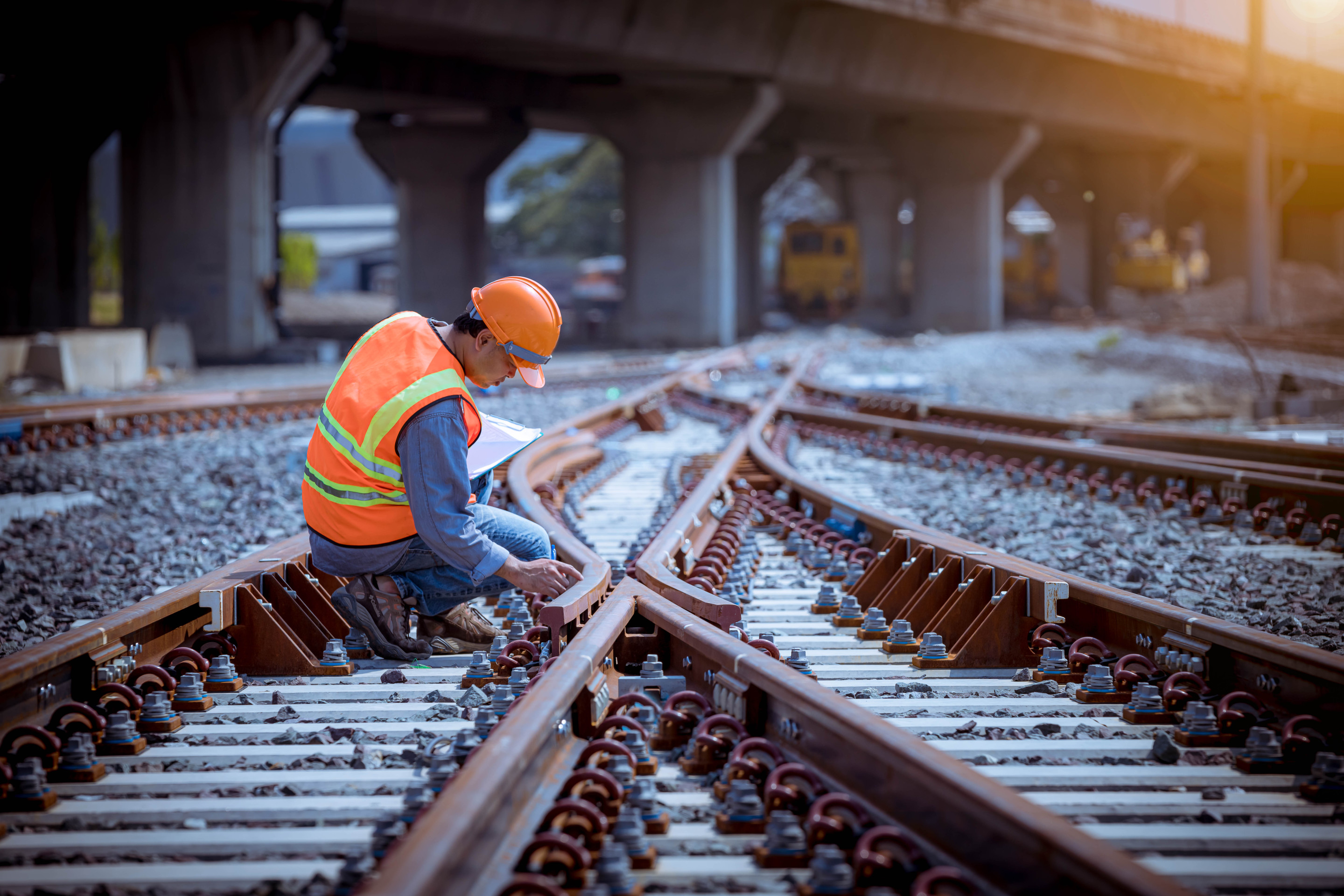
Objective
In Germany, Deutsche Bahn's Rail Infrastructure Company (DB InfraGO) has set-up the Digitale Schiene Deutschland sector initiative (DSD) to pursue a high degree of automation and digitization of railroad operations. In the context of fully automated train driving (so-called grade of automation level 4, GoA4), sensors and cameras are needed to be able to react automatically to risks and dangerous events in the rail environment by means of artificial intelligence (AI).
Multi-sensor technology
For this purpose, lidar and radar sensors as well as cameras are used to automatically detect and respond to hazards, such as objects on the track, vegetation, irregular situations nearby, or passengers in stations in dangerous proximity of the track. Another important use case is high-precision train localization by detecting static infrastructure elements and landmarks and locating them on a digital map.
Ground Truth data
To develop these AI software functions for environment perception, very large amounts of data, recorded with very high quality under different conditions and scenarios, are required. In this way, tests and simulations can be carried out and AI models can be validated, certified and used in automated railway operations.
Challenge
- Develop and engineer a high-throughput data labeling service able to deliver consistent and predictable quality, with the flexibility to adapt to changes of data formats, sensors and labeling specifications, in order to support rail automation.
Key Facts
- Object catalogue and labeling specs including 25 rail object classes and each object has 6 attributes on average
- Sensor Fusion includes multiple sensor data formats and datasets: Infrared, long range and mid-range cameras, lidar, radar
- Flexibility of data input: Implementation of new or evolved sensor set-up and adaptation of labeling specifications
Key Achievements
- Upfront quality controls over raw data were able to identify sensor calibration and frame synchronization issues, before data labeling to avoid rework and delays.
- Delivery throughput: average throughput 110k annotations/week (corresponding to 10 clips/week), with peak throughput of 140k annotations/week.
- GT Data Quality (average): +99% during the period
- GT Data Quality: delivery of 194 clips and +2M annotations, we achieved 1st time customer acceptance rate of 100%

